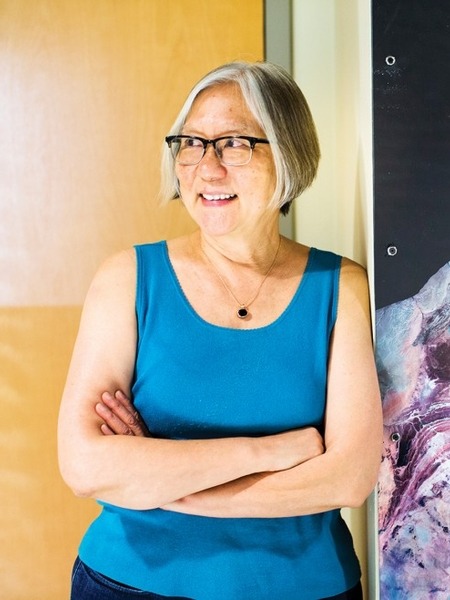Chasing the Puzzle of Climate Change
-
-
slice.mit.edu
Filed Under

Recommended
In the early 2000s, Inez Fung '71, ScD '77 had reached an impasse. She had just been named to her current professorship in atmospheric science at the University of California, Berkeley, and was working with colleagues to formulate a mathematical model of how warming feeds warming in Earth’s climate system—that is, how the decreasing capacity of land and ocean to take up carbon dioxide accelerates overall temperature increases.
A major uncertainty involved the resilience of vegetation in the face of climate change.
The uncertainty, recalls Fung, arose from a lack of cross-disciplinary knowledge about the fate of rainwater, which made it difficult to assess how well trees could sustain droughts. “All we had were assumptions about water underfoot,” she explains. “Atmospheric people were done when rain hit the ground. Tree people perked up only after the rain fell, and the stream and geology people didn’t start thinking about it until the tree people were done.”
Fung proposed a digital sensor network to track rainwater as it moved through soil, rock, tree roots, and sap, until it departed via creek or transpiration. She got private foundation funding to install it on a Northern California hillside, where it has generated the insights that 30 percent of the rainfall gets trapped in weathered bedrock some 20 to 50 feet below the surface, and that trees with deep roots can tap this “rock moisture” through the summer. Thus, the resilience of trees may be linked to local geology. The project still operates with National Science Foundation support.
“That was very much MIT,” says Fung. “Something needed doing, no one was doing it—so go do it.”
That attitude typifies Fung’s professional life. Her undergraduate work in applied mathematics led to a doctorate in meteorology and investigations of fluid dynamics and the physics of radiative transfer. Her subsequent independent studies in chemistry and biology laid the foundation for her award-winning investigations of the carbon cycle and climate change. “One thing led to another,” she says. “Ultimately, it’s biology that determines the composition of the atmosphere, and that determines climate. So I’ve kept moving. It’s like chasing a puzzle, and it’s tremendous fun, learning new things.”
Fung has served as a scientist at NASA’s Goddard Institute for Space Studies and a professor at the University of Victoria, and she’s been elected to the National Academy of Sciences, the American Philosophical Society, and the American Academy of Arts and Sciences. The National Academy of Sciences included a biography of her, Forecast Earth, in its Women’s Adventures in Science book series for middle schoolers.
Fung and her husband, oceanographer Jim Bishop ScD ’77, live in the Bay Area; in recent years she has taken up playing the fiddle.
This article originally appeared in the January/February 2017 issue of MIT Technology Review magazine.







